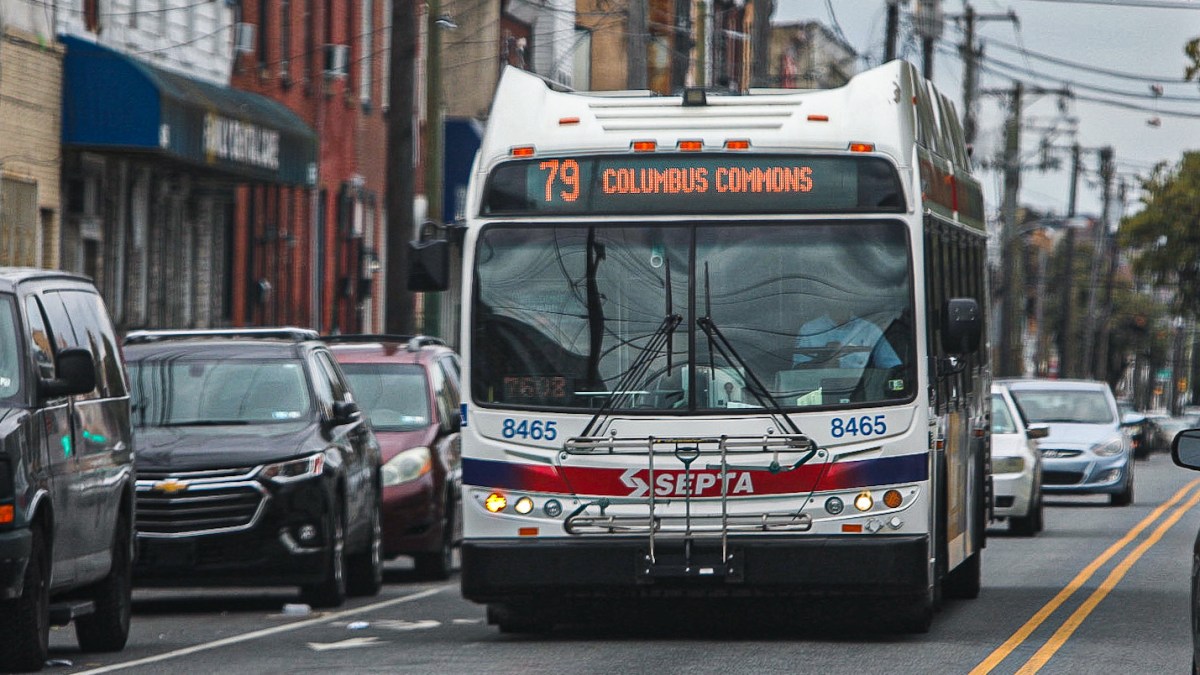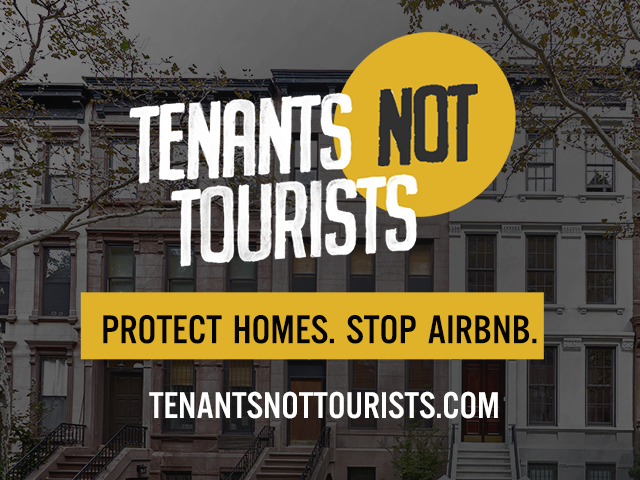SANTA ANA, Calif. (Reuters) – California property developers Ryan and Jeremy Ogulnick converted an industrial space into their first shelter in just under a month, helping the city of Santa Ana address its homeless crisis while they made a profit.
The brothers then repeated the model in the neighboring Orange County cities of Anaheim and Fullerton, converting properties into 100- and 150-bed shelters in a matter of months.
Such shelters have given a second chance to people like Roland Flores, 48, who was living with his grandmother as a caretaker and lost the home when she died. Now a resident at the Fullerton shelter, he is seeing a dentist and has been able to acquire his birth certificate and Social Security card during his nine-month stay.
“They’re giving me the tools that I need. And the right mindset that I’m going to need to be able to succeed on my own,” Flores said of the shelter staff, run by the non-profit Illumination Foundation.
Ryan Ogulnick, CEO of Vineyards Development, says he could build 50 such shelters across Southern California if the money was available. Instead of leasing the spaces to the private sector, they are rented to a city or homeless services providers at the market rate.
“It’s such a simple solution,” said Ogulnick, whose company invested $9.2 million to rebuild the new Santa Ana Carnegie Shelter over nine months and will rent it to the Illumination Foundation and the city for $44,000 per month when it opens next week. It will replace the 200 beds of the original Santa Ana shelter, which was only meant to be temporary and closed a year ago.
Quick and efficient though they may be, these emergency shelters are a short-term fix. With affordable housing scarce and real estate continuing to rise in one of California’s priciest markets, some critics are concerned Orange County is content to shunt the unhoused out of view without promoting permanent housing.
“It’s very clear that the strategy being used right now in Orange County is more about appearances than solutions,” said attorney Brooke Weitzman, co-founder of ELDR Center, a law office representing people who are homeless, seniors and have disabilities.
Jurisdictions across the country face similar challenges. The United States was about 7 million units short of sufficient affordable housing, according to a 2021 study by the National Low Income Housing Coalition.
Katrina Foley, one of five members of the Orange County Board of Supervisors, said bold solutions were too often sacrificed in favor of politics, because “the election cycle always gets in the way.”
“We’ve got to figure out a way to develop owner-occupied housing that’s affordable,” said Foley, who advocates converting more vacant buildings and rezoning appropriate areas for greater density to increase the housing stock.
‘WE NEED MORE HOUSING’
In nearby Los Angeles, where the issue is dominating the mayoral race, the county’s homeless population is estimated at 66,000, with expanding tent cities on the sidewalks of Downtown L.A., Hollywood and Venice Beach.
Orange County, a generally more affluent and politically conservative area just to the south, has a homeless population of some 7,000 people, nearly 60% unsheltered, according to the latest completed count in 2019.
Shelters proliferated after a 2018 federal appeals court ruling banned police from arresting people on the streets if a community lacks enough shelter beds.
Emergency shelter beds in Orange County grew 159% from 2015 to 2021, to 2,857, according to Orange County Homeless Management Information System data. By contrast, permanent supportive housing, defined as housing combined with social services, grew by just 13% over that same time period, to 2,602 beds.
“Instead of building actual, subsidized affordable housing, what they’ve done is throw up mass shelters,” said Eve Garrow, homelessness policy analyst and advocate at the ACLU of Southern California.
Paul Leon, president and CEO of the Illumination Foundation, agrees more housing is needed but says many people are unprepared to go immediately from the street to maintaining a household.
His foundation has operated all the shelters built by the Ogulnicks, offering an array of support services including healthcare and mental health and substance abuse counseling.
The Ogulnicks converted a former engineering company in a light industrial zone into the 150-bed Fullerton Navigation Center. In an attempt to reduce complaints from neighbors, the shelter bans residents from walking in and out, which keeps them out of public view. Shelter van drivers take residents in and out through a side gate deep within a parking lot.
Leon says most people with support move from the streets to homes. Some of those who do not may die, go to jail, or end up back on the street.
“That tells us we need more housing,” Leon said.
Weitzman, who is skeptical of Ogulnick’s claims about the speed and cost-effectiveness of shelters, said the best solution to homelessness has always been housing.
“When people are homeless, they’re those homeless folks,” Weitzman said. “And when people are housed, they’re your neighbors.”
(Reporting by Daniel Trotta; Editing by Donna Bryson, Aurora Ellis and Karishma Singh)



























